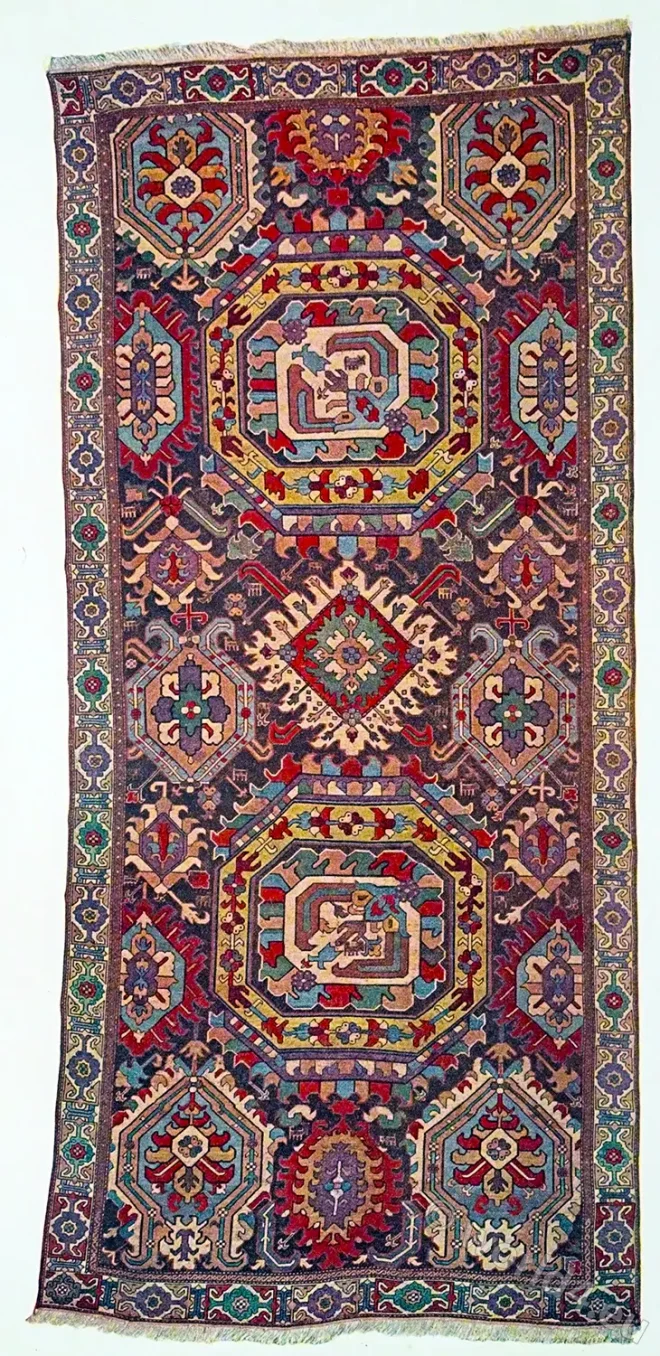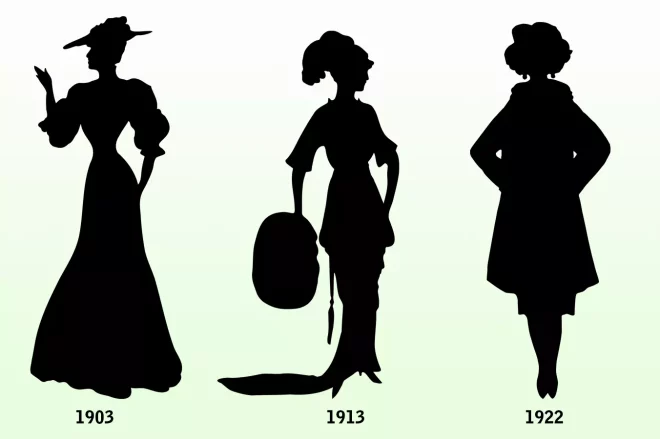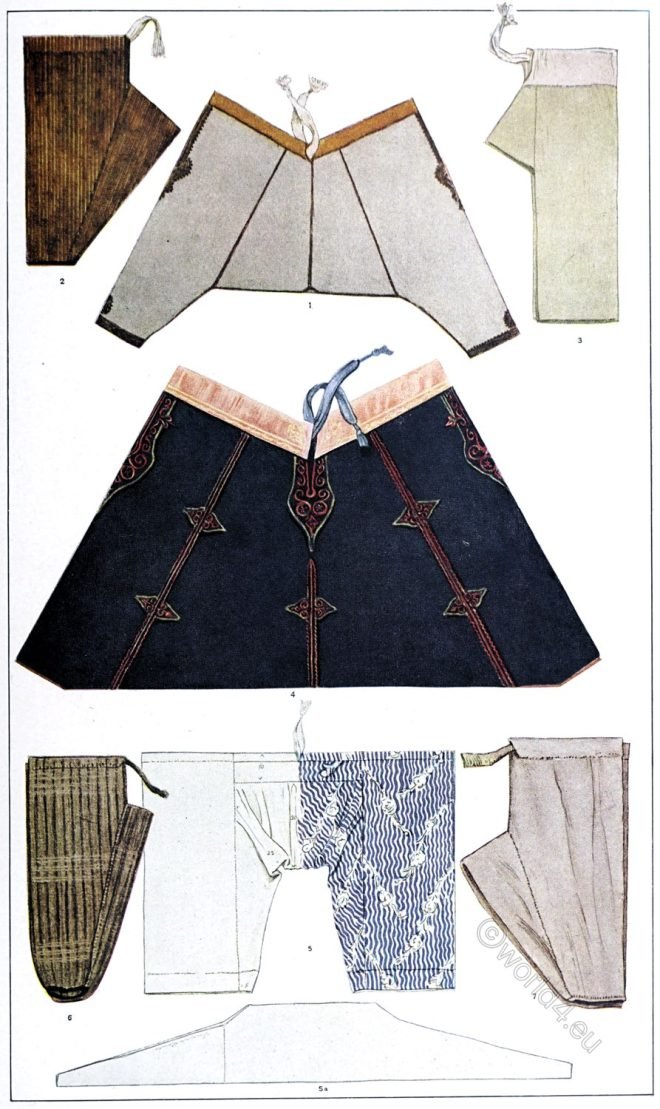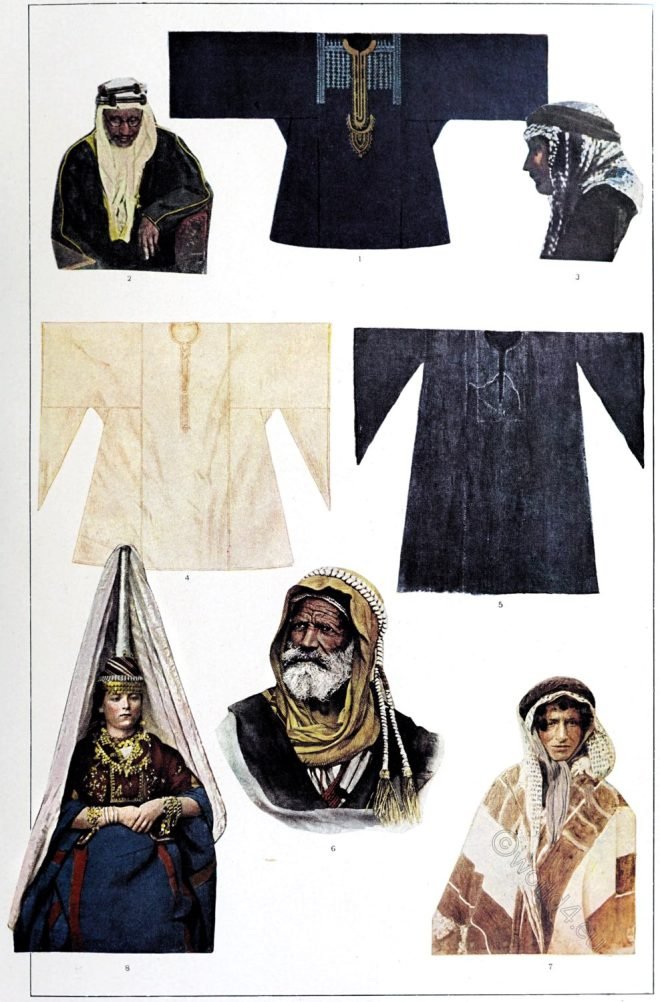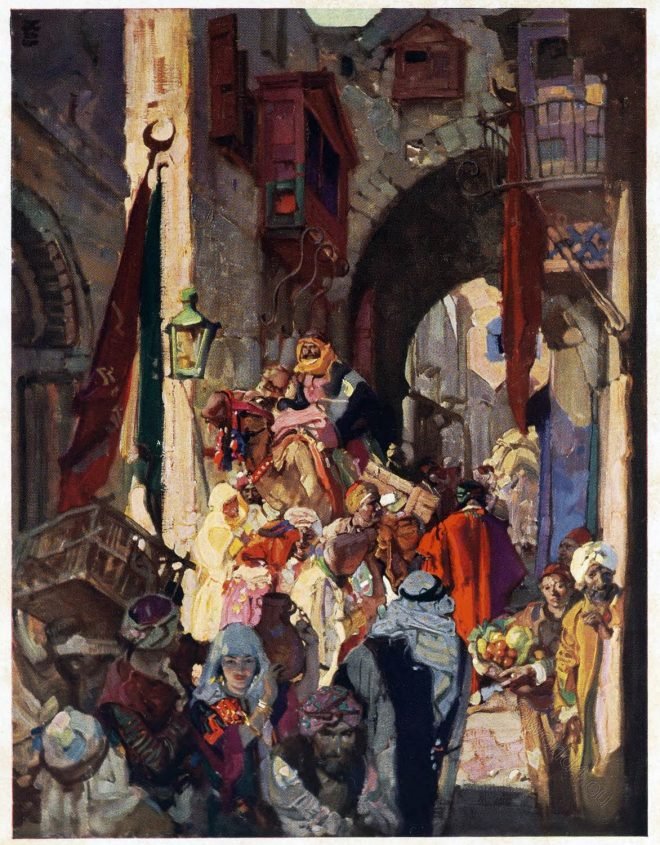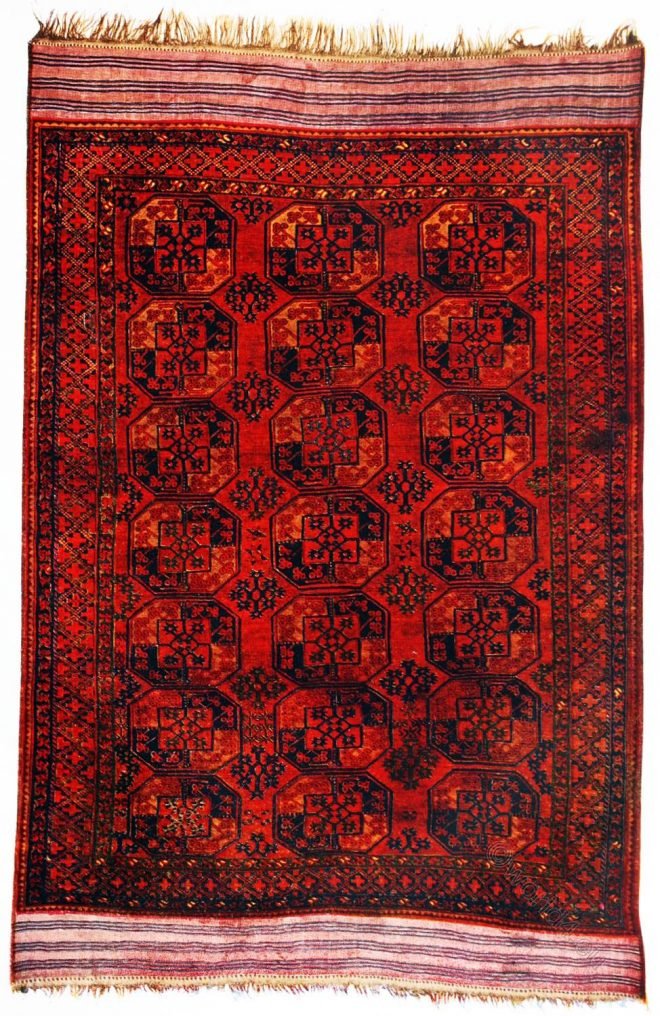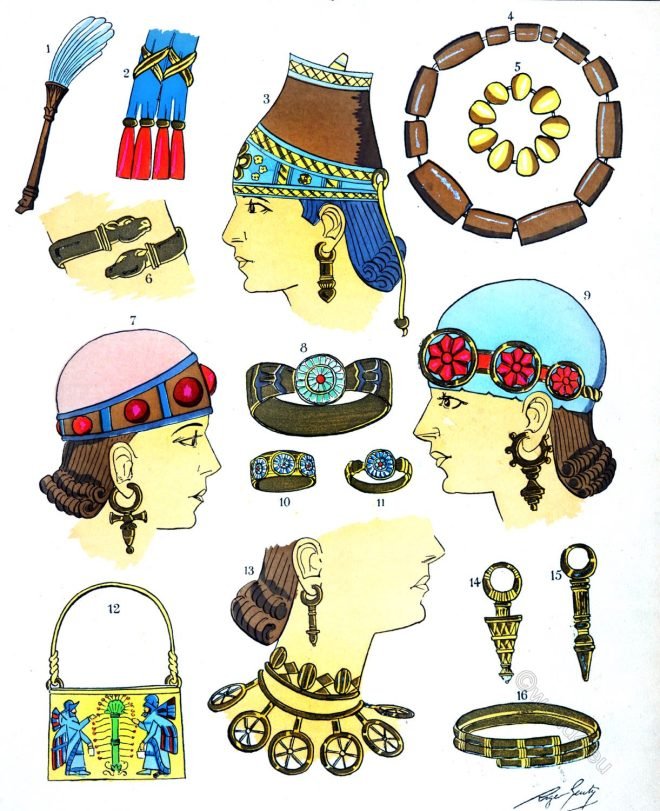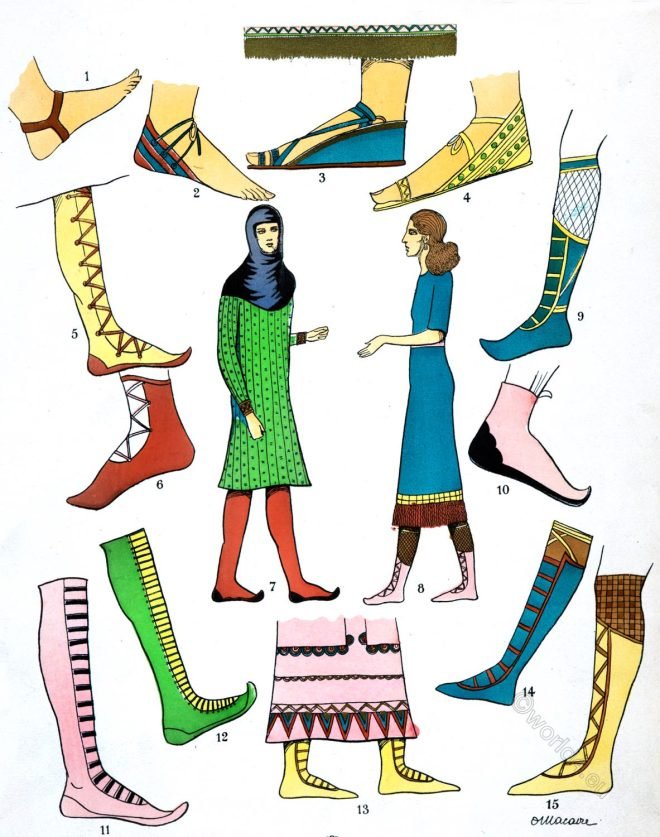All the Easter eggs are in the Hamburg Ethnological Museum and come from Bukovina (Romania).
Category: 20s
Fashion and Costumes in 1921, 20s. Art deco period clothing, flapper style
Old Carpet from Armenia or South Caucasia. 18th c.
Old Caucasian Carpet from Armenia or South Caucasia.
Costume silhouettes at the beginning of the twentieth century.
In 1920 the costume consisting of a straight, short skirt, trim box coat or sweater and blouse
Trouser shapes of Asia Minor. Turkey, Kurdish, Persian.
Trousers of a Kurdish leader. Turkish men’s trousers, Armenian women’s trousers, Persian men’s trousers.
Traditional clothing from Arabia, Palestine and Syria.
Costume cuts and robe shapes from Arabia, Palestine and Syria.
The David street. Jerusalem. City of the Great King.
This particular thoroughfare is the David street in its normal condition today. It is the principal street of the city Jerusalem.
Antique Afghan Turkoman Rug, or Filpa Carpet of a nomad tribe.
Afghan Filpa Carpet. The carpet illustrated is a particularly line specimen of great age, with a warmth of color that stimulates the eye, and a luxusness of pile that suggests repose.
Assyrian Trinkets. Jewels, Adornments, precious stones and gold.
The History of the Feminine Costume of the World. The Luxurious Assyrian Costumes.
Assyrian Footwear. Shoes, Sandals, Boots, Stockings.
The feet of the Assyrians were covered by sandals with uppers, embracing the heel, and leaving the instep and toes uncovered.
Textile design of the Assyrians. Materials, manufacture, colors, culture.
Mesopotamia. Materials, manufacture, colors, culture. Textile design of the Assyrians.


